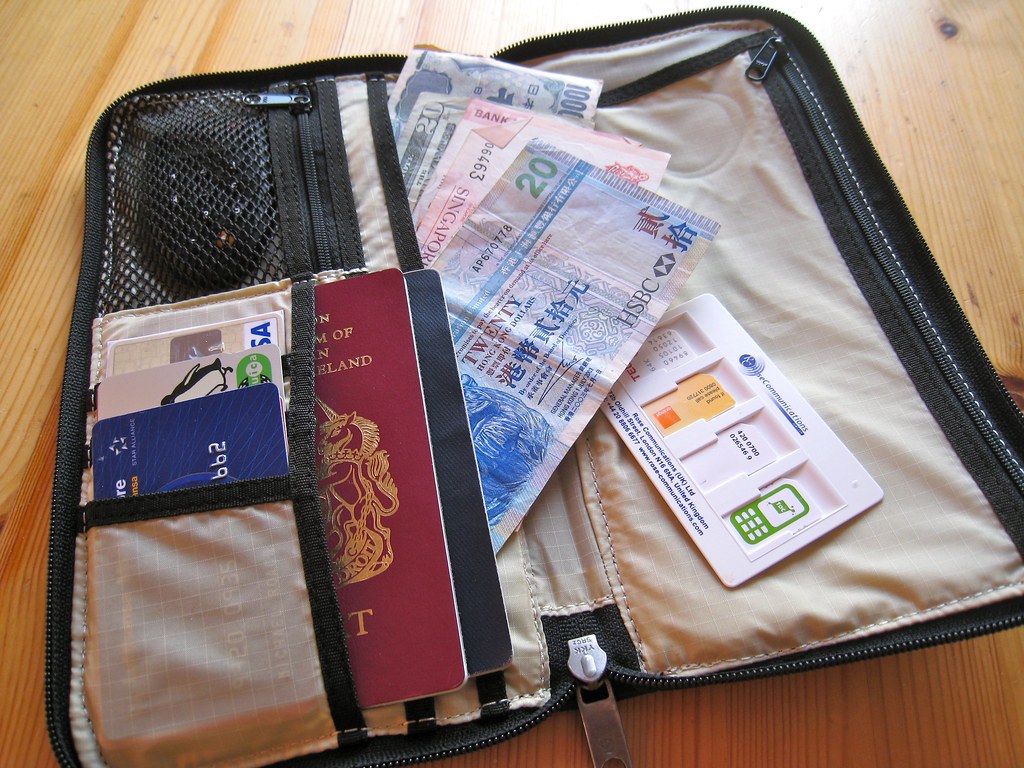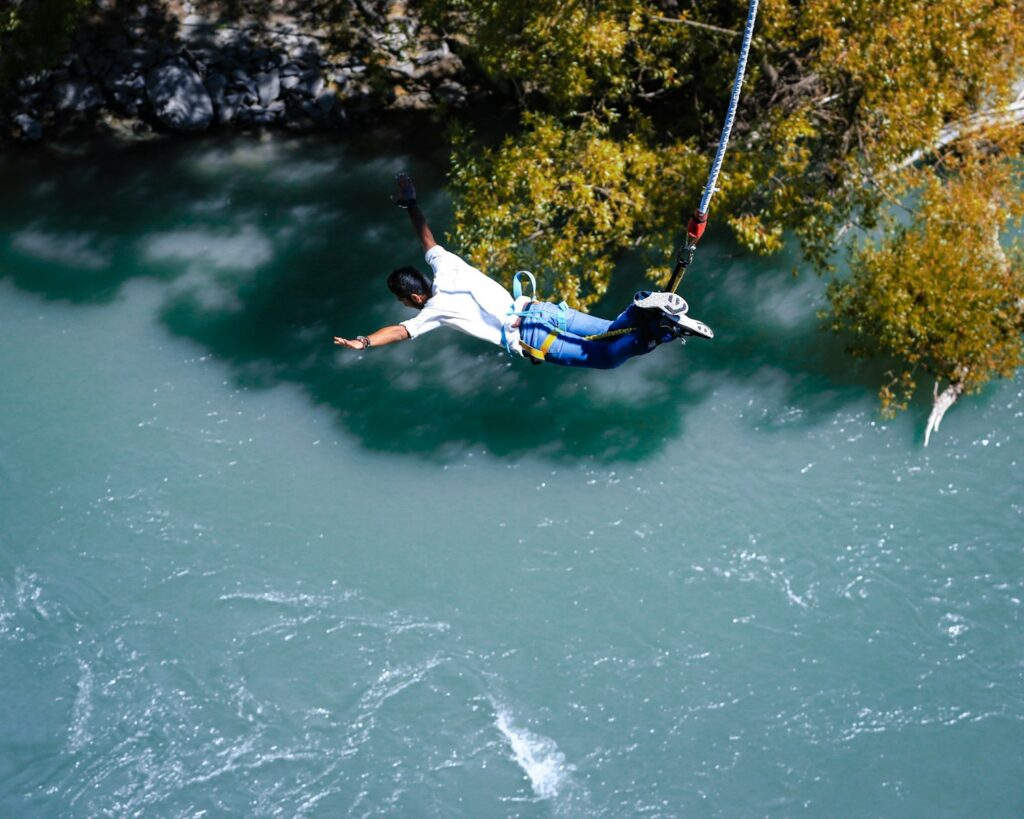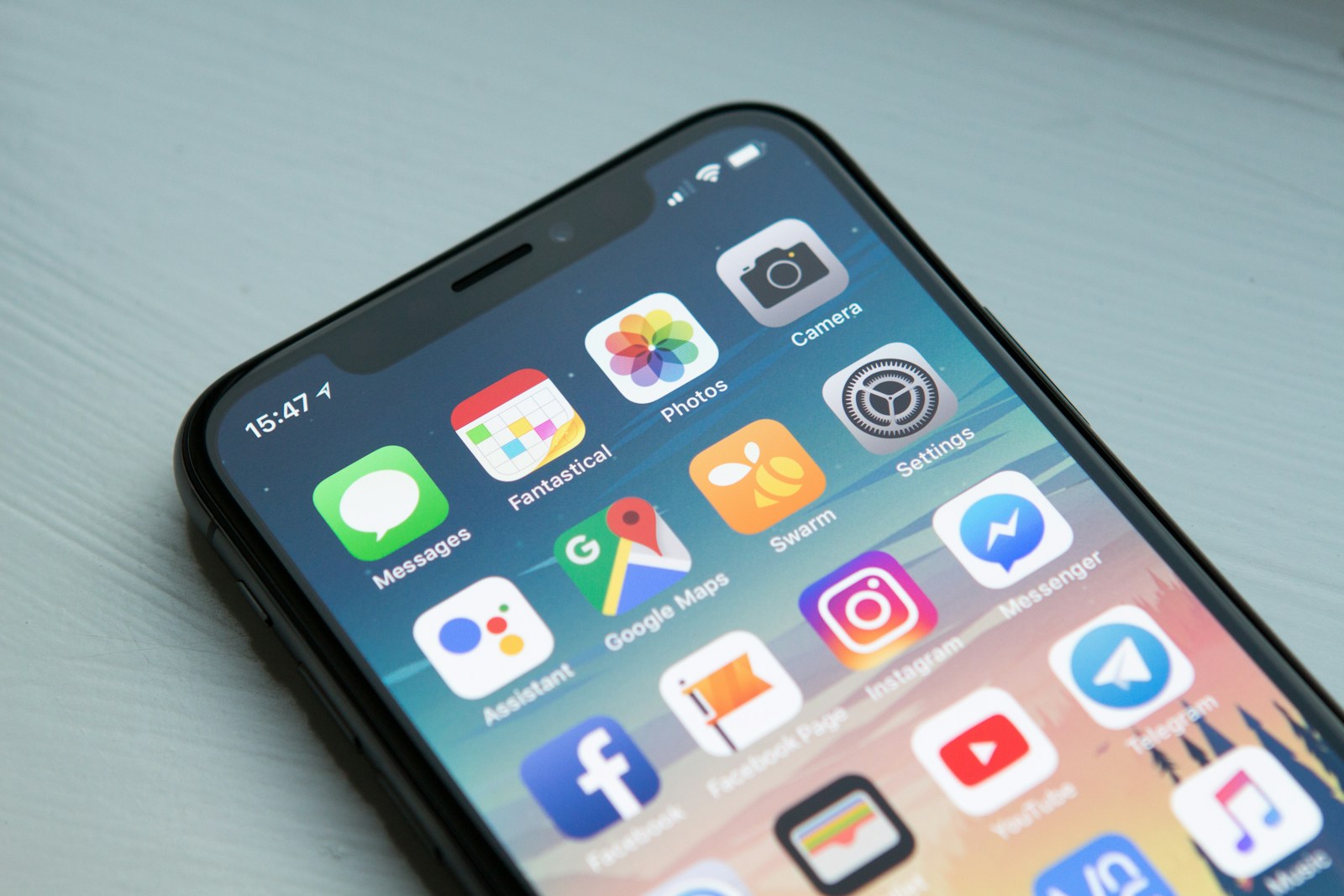Travel insurance is essential—no matter how meticulously planned your trip might be, the unexpected can always happen. From minor inconveniences to major emergencies, a good travel insurance policy provides protection, financial security, and invaluable peace of mind. In this comprehensive travel insurance guide, we’ll cover everything you need to know about travel insurance, including practical tips, recommended providers, coverage specifics, filing claims, and common pitfalls to avoid.
1. Why Travel Insurance is Essential for Every Trip
Travel insurance isn’t just for international journeys or expensive vacations. Whether you’re backpacking in Southeast Asia, skiing in the Swiss Alps, or enjoying a family cruise in the Caribbean, travel insurance protects against unexpected costs and disruptions.
- Example Scenario: Imagine losing your luggage containing your camera, phone, and clothing during a flight to Bali. A good policy could reimburse your expenses promptly, allowing your vacation to continue smoothly.
2. Understanding Travel Insurance Coverage: Key Terms Simplified
Before choosing a policy, understanding basic terms will help you select the right coverage:
- Coverage: What your policy protects against (e.g., cancellations, medical costs).
- Deductibles: Amount paid by you before insurance pays the rest.
- Exclusions: Specific situations not covered (e.g., pre-existing conditions).
- Benefits: Payments or services you receive when filing a claim.
- Claims: Requests you submit to your insurer for compensation.
- Premium: Cost of your insurance policy.
3. Types of Travel Insurance: Matching Coverage to Your Travel Style
Travel insurance policies vary widely. Here’s how to pick based on your trip type:
Adventure Travelers
- Recommended Provider: World Nomads
- Why: Provides extensive coverage for extreme sports and adventurous activities, including skydiving, scuba diving, skiing, trekking, mountaineering, and more. World Nomads is well-regarded because it covers evacuation from remote locations, offers substantial medical expense limits, and caters specifically to adventure enthusiasts.
Family Trips
- Recommended Provider: Allianz Global Assistance
- Why: Allianz provides comprehensive family coverage, which includes free or significantly discounted coverage for children, coverage for medical emergencies, trip cancellations, and interruptions, catering specifically to family-related scenarios such as unexpected illness or injury.
Luxury Vacations
- Recommended Provider: Travel Guard
- Why: Travel Guard offers high-limit policies tailored for luxury travelers who invest significantly in vacations. Policies include generous coverage limits for trip cancellations, interruptions, lost baggage, medical emergencies, and special circumstances such as cancel-for-any-reason coverage, ideal for expensive, non-refundable luxury travel bookings.
Frequent Travelers
- Recommended Provider: InsureMyTrip (Annual Multi-trip Policies)
- Why: Ideal for travelers who journey frequently, InsureMyTrip’s annual multi-trip plans provide continual coverage for multiple trips throughout the year, reducing hassle and cost. Coverage includes medical emergencies, cancellations, and interruptions, ideal for frequent business travelers or regular vacationers.
Seniors and Travelers with Pre-existing Conditions
- Recommended Provider: Seven Corners
- Why: Seven Corners specializes in senior travelers and offers policies specifically designed to cover pre-existing conditions, often including waivers that exclude waiting periods. Their policies ensure seniors and those with health concerns can travel with peace of mind.
Expedia Users
- Recommended Provider: Expedia (via third-party partners)
- Why: Expedia conveniently offers travel insurance as an optional add-on when booking flights, hotels, or vacation packages. Coverage typically includes trip cancellation, medical emergencies, baggage loss or delay, and 24/7 emergency assistance, usually provided through reputable insurers like AIG Travel Guard. While it’s a convenient way to bundle insurance with your travel bookings, be sure to thoroughly review the policy details and exclusions, especially if you have specific coverage needs or pre-existing conditions.
4. How to Choose the Right Travel Insurance Provider

Choosing the right travel insurance provider involves evaluating several key factors:
- Define Your Needs: Identify your destination, trip duration, planned activities, and health needs. Clearly outline your activities and health conditions. For example: if you’re planning to ski, scuba dive, or hike, choose a provider like World Nomads that specifically covers these activities. If you have diabetes, heart conditions, or any chronic illnesses, providers like Seven Corners specialize in comprehensive medical coverage with pre-existing condition waivers.
- Compare Policies: Use comparison sites like InsureMyTrip or Squaremouth. When comparing policies, consider:
- Coverage Limits: Check medical expense limits (aim for at least $100,000), evacuation limits, and baggage coverage.
- Policy Exclusions: Identify exclusions that could affect your specific trip, such as risky sports or natural disasters.
- Deductibles and Premiums: Compare the trade-off between deductibles (out-of-pocket costs before coverage starts) and premiums (policy costs).
Examples of What to Compare:
For an adventure trip to Patagonia, compare World Nomads vs. Travel Guard. Check specifically for trekking and climbing coverages, evacuation limits, and customer feedback on emergency support.
For a luxury cruise, compare Allianz vs. AIG Travel Guard, focusing on high coverage limits for cancellations, interruptions, and medical emergencies.
- Check Reviews: Investigate customer experiences on sites like Trustpilot or TripAdvisor to gauge provider responsiveness and claim handling efficiency.
- Verify Claims Process: Ensure the insurer has positive feedback regarding claim handling.
- Contact Customer Service: Clarify doubts directly with the provider to gauge responsiveness and support quality.
5. Essential Coverage Components: What Your Policy Should Include

Every robust policy should include:
Medical and Emergency Evacuation
- Coverage Recommendation: Aim for at least $100,000, ideally $250,000 or more.
- Reason: Medical costs abroad can be shockingly high, especially in countries like the United States. For example, a visit to the emergency room can easily cost $3,000–$5,000. If surgery is required, such as an appendectomy, you might be looking at $15,000 to $40,000 without insurance. Intensive care and hospitalization for several days due to an accident or serious illness can exceed $100,000 in some cases.
Emergency evacuation can also be extremely expensive. For instance:
- If you’re trekking in the Himalayas and suffer altitude sickness or a serious injury, a helicopter evacuation to Kathmandu, Nepal can cost over $10,000.
- In the event of a serious car accident in rural Peru, an air ambulance to a major hospital could cost $30,000–$50,000.
- If you’re injured while skiing in the Alps and need evacuation back to your home country for continued care, medical repatriation could cost over $100,000 depending on distance and required medical staff.
Having sufficient coverage ensures you won’t be financially devastated by a medical emergency in a foreign country.
Trip Cancellation and Interruption
- Coverage Recommendation: Match your total trip cost.
- Reason: Ensures reimbursement for non-refundable expenses if your trip is canceled due to unexpected illness, weather disruptions, or personal emergencies. Examples of non-refundable expenses include prepaid flights, hotel accommodations, guided tours, cruise bookings, concert or event tickets, and even certain train or ferry reservations. For instance, if you’ve paid $3,000 in advance for a Mediterranean cruise and fall ill a few days before departure, this coverage would allow you to recover the money you would otherwise lose.
Lost or Stolen Luggage
- Coverage Recommendation: Minimum $2,000.
- Reason: Covers essential belongings like electronics, clothing, and personal items. Expensive gear or electronics should have additional coverage. To make a successful claim, you typically do not need to declare every item you are taking before your trip, but you will need proof of ownership and value if your luggage is lost or stolen. This means you should:
- Take photos of the items you’re packing.
- Keep receipts or bank statements for high-value items such as laptops, cameras, or designer clothing.
- If your luggage is lost by an airline, obtain a Property Irregularity Report (PIR) before leaving the airport.
- When filing a claim:
- Provide a detailed list of all missing or stolen items.
- Include receipts, photos, and the PIR or a police report.
- Complete the insurer’s baggage loss form accurately, including information about where and when the loss occurred and the estimated value of the contents.
- Example: If your checked suitcase containing a MacBook, clothing, and a camera is lost on a flight to Tokyo, your claim should include the PIR from the airline, the receipt for the MacBook, and a list with estimated values of all the lost items.
Travel Delays
- Coverage Recommendation: Around $500–$1,000 for accommodation and meals.
- Reason: Protects you if flights are delayed by weather, mechanical issues, or strikes. This coverage ensures you won’t pay unexpected out-of-pocket expenses if you’re stranded for hours or days.
If you experience a travel delay:
- Keep all receipts for meals, hotel stays, and transportation.
- Ask the airline for written confirmation of the delay or cancellation, which is often required when filing a claim.
- When you return, submit these documents with a detailed claim form to your insurance provider.
Luggage Delay vs. Travel Delay: If your checked luggage is delayed but eventually delivered (e.g., you’re flying to Tokyo and your suitcase arrives 3 days later), the cost of purchasing essential items like clothing and toiletries is usually covered under baggage delay coverage, not travel delay.
In this case:
- Keep receipts for anything you buy to replace delayed items (e.g., a $50 shirt or $20 toiletries kit).
- Most insurers will reimburse up to a daily or total limit (e.g., $100 per day, up to $300 total) depending on the policy.
- Be sure to file a Property Irregularity Report (PIR) with the airline before leaving the airport.
Always check your policy to see the specific limits and timeframes. Some policies only kick in if luggage is delayed for more than 12–24 hours.
Personal Liability
- Coverage Recommendation: At least $500,000.
- Reason: Personal liability coverage protects you if you’re found legally responsible for causing injury to someone else or damaging property while traveling. This could include situations like accidentally injuring a fellow skier on the slopes in Switzerland, knocking over an expensive item at a shop in Japan, or your child damaging furniture in a hotel room in France.
Without sufficient coverage, you may be held financially liable for medical expenses, legal fees, and damages—which can add up quickly, particularly in countries with high healthcare costs or strict liability laws.
Aim for a minimum of $500,000 in liability coverage to ensure you’re well protected in case of a serious incident. Some high-end policies even offer $1 million in coverage for additional peace of mind. Always check if your policy includes legal assistance and defense coverage as part of this benefit, and whether incidents involving rental cars, sports activities, or your dependents are included or excluded.
6. Common Travel Insurance Exclusions: What’s Typically Not Covered

Avoid surprises by knowing typical exclusions:
Pre-existing Conditions: Diabetes, heart disease, or recent surgery typically are not covered unless specifically stated or waived in your policy. If you fail to disclose a pre-existing condition and later require treatment for it while traveling, your insurance provider may deny the claim entirely. For instance, if you have asthma and experience a severe attack requiring hospitalization abroad, but this condition was not declared, your medical bills—potentially totaling thousands of dollars—will likely not be reimbursed.
To avoid this:
- Be upfront about all pre-existing conditions when purchasing your policy.
- Look for providers that offer a pre-existing condition waiver, which allows coverage if the policy is purchased within a certain time frame after your initial trip deposit (usually 14–21 days).
- Read the fine print regarding what constitutes a pre-existing condition—some insurers define it as any diagnosis, treatment, or medication change within 60 to 180 days prior to purchasing coverage.
If your provider doesn’t cover your condition:
- Consider specialized insurance companies that do, such as Seven Corners or TravelInsurance.com with filters for pre-existing condition coverage.
- Carry a copy of your medical records and bring extra medication to ensure you’re prepared for a worst-case scenario while traveling.
Extreme or Risky Activities: Skydiving, bungee jumping, and mountaineering may require additional coverage or specialized policies. To find out whether your travel insurance provider covers high-risk or adventure activities, follow these steps:
- Review the Policy Document: Download and read the full policy wording or description of coverage (often labeled as the Certificate of Insurance or Policy Wording PDF). Look under sections titled “Exclusions,” “Sports and Adventure Activities,” or “What’s Not Covered.” These sections will outline specific activities that are either covered, excluded, or require a premium add-on.
- Check the Provider’s Website: Many insurers include a table or list of included activities under FAQs or plan details. For example, World Nomads provides an activity index that lists all covered sports and activities by risk level.
- Use Online Comparison Tools: Websites like Squaremouth and InsureMyTrip let you filter policies by activity type. You can select filters such as “Scuba Diving” or “Skiing” to see only policies that include those activities.
- Contact Customer Support: If you’re unsure or your activity isn’t listed, call or email the insurance provider to ask whether a specific activity (e.g., heli-skiing or cliff diving) is covered. Be clear about the nature, location, and intensity of the activity.
- Look for Add-On Options: Some insurers offer adventure sports upgrades or add-ons. You may need to pay an additional premium to cover riskier activities.
By taking these steps before you buy, you’ll avoid the unpleasant surprise of learning too late that your insurance doesn’t cover your plans.
Political Unrest and Natural Disasters: Unrest in Middle Eastern countries or hurricane-prone areas like the Caribbean typically need specific additional coverage. Travel insurance policies often exclude coverage for cancellations or interruptions due to civil unrest, riots, protests, or political instability unless you purchase a specific add-on or a policy that includes these events.
For instance, if you’re planning a trip to a Middle Eastern country and large-scale protests or conflict break out, resulting in a government-issued travel warning or a flight cancellation, your standard policy may not cover your losses unless you purchased a plan with political evacuation or disruption coverage.
Natural disasters such as hurricanes, earthquakes, or wildfires also often require enhanced coverage. If you’re vacationing in the Caribbean during hurricane season and a hurricane causes your resort to shut down or your flight to be canceled, you would only be reimbursed if your policy includes coverage for natural disasters. Some policies only apply if the event was unforeseen at the time of booking or if the destination becomes uninhabitable.
To determine if you’re protected:
- Check the “Covered Reasons for Cancellation” section of your policy.
- Look for terms like “civil disorder,” “mandatory evacuation,” or “natural disaster at destination.”
- Consider “Cancel for Any Reason” (CFAR) coverage for maximum flexibility.
Always read the fine print and consult with your insurer if you’re traveling to a politically sensitive or environmentally volatile region.
Work-related Cancellations: Unexpected business meetings or job-related obligations usually aren’t covered without additional clauses. This means that if your employer suddenly asks you to cancel your trip for a last-minute project or mandatory work event, your travel insurance policy likely won’t reimburse you for prepaid, non-refundable expenses—unless your policy specifically includes coverage for work-related reasons.
To be covered in such cases:
- Look for policies that offer a “Cancel for Work Reasons” benefit. This is sometimes included in premium plans or offered as an add-on.
- Alternatively, consider purchasing a “Cancel for Any Reason” (CFAR) policy, which provides more flexibility and can cover cancellations for job-related changes as long as you meet the advance purchase and other eligibility requirements.
Tip: If you work in a field with unpredictable scheduling (e.g., healthcare, law, tech, or consulting), CFAR or work-related cancellation coverage is especially useful. Always check the specific terms in the cancellation section of the policy document or speak directly with a representative to confirm if your job situation qualifies.
7. How to Successfully File a Travel Insurance Claim: A Step-by-Step Guide

Filing a claim doesn’t have to be daunting. Here’s exactly how to do it:
- Document Everything: Keep all medical bills, police reports, receipts, and emails regarding cancellations or delays. These will be critical to validate your claim. A missing receipt or vague explanation can lead to delays or denial.
- Contact Your Insurer Immediately: Notify your insurer immediately upon incident occurrence. Emergency lines often require your policy number, personal details, and incident specifics, and most insurers have 24/7 assistance lines. Reporting promptly simplifies claims.
- Submit Claims Quickly: Fill out forms detailing your claim type (medical, cancellation, etc.), amounts claimed, date and place of the incident, and supporting evidence.
- Provide Complete Documentation: Clearly specify your expenses. For example, itemize medical bills by service provided, date of service, and provider information.
- Follow Up Regularly: Check the status weekly. Document every conversation, including dates, times, and representative names.
What Happens If You Don’t Follow These Steps?
Failure to follow any of the steps above can result in your claim being delayed or outright denied. For example, let’s say you were hospitalized in Thailand for food poisoning but didn’t keep the itemized hospital invoice or failed to report the hospitalization to your insurance provider until you returned home a week later. Even if your treatment is eligible for coverage, your claim could be rejected due to late notification and insufficient documentation.
What should have been done differently: You should have contacted your insurer immediately from the hospital to open a case number and asked the hospital for a detailed bill. With those two pieces of evidence, your claim would have stood a much higher chance of being approved.
8. Practical Travel Insurance Tips: Staying Safe and Prepared

- Pack Essential Documents: Carry physical and digital copies of your insurance policy, passport, medical documents, and emergency contact information.
- Budget Appropriately: Allocate around 4-8% of your trip’s total cost. For example, if your trip costs $5,000, budgeting $200 to $400 for travel insurance ensures comprehensive coverage without overspending.
- Understand Local Requirements: Certain countries like Cuba, Thailand, or Schengen-zone countries require proof of travel insurance upon entry.
- Safety First: Choose reputable accommodations and tour operators, especially in adventure destinations.
Destinations Where Insurance Is Essential
- Adventure: Mount Everest Base Camp, Nepal (medical evacuation recommended). For example, Mount Everest Base Camp would need medical evacuation because remote locations need high evacuation coverage due to limited local medical facilities.
- Luxury: Maldives resorts (comprehensive cancellation cover recommended). High-cost destinations require generous cancellation coverage because non-refundable deposits can be significant.
- Family: Disney World, Orlando (coverage for cancellations, interruptions, and medical needs). Places like Disney World would need insurance because crowded destinations increase the risk of unexpected illness, making medical coverage essential.
9. Recommended Websites to Buy and Compare Travel Insurance
InsureMyTrip: Easy comparison for multiple providers because it offers side-by-side comparisons of numerous providers. Ideal for quickly identifying the best balance between price and coverage.
- Example: Easily compare Allianz’s family plan against Travel Guard’s luxury travel coverage.
Squaremouth: Detailed filtering options for specific needs like adventure sports or senior travelers.
- Example: Find specific policies covering scuba diving or ski trips by applying the activity filter.
World Nomads: Best for adventure travelers needing comprehensive activity coverage.
- Example: Recommended for backpackers heading to New Zealand for adventure activities like bungee jumping, skydiving, or canyoning.
Expedia: Convenient option for travelers who prefer bundling their insurance directly with travel bookings.
- Example: Ideal for quickly adding travel insurance coverage when booking flights, hotels, or packages through Expedia, particularly useful for last-minute bookings or for travelers seeking simplicity in managing travel arrangements.
Final Thoughts: Peace of Mind Equals Better Travel
Travel insurance isn’t just paperwork—it’s your safety net. Understanding your policy, choosing the right provider, and knowing how to use your coverage ensures stress-free adventures and financial security wherever your journeys take you.
Happy travels!







